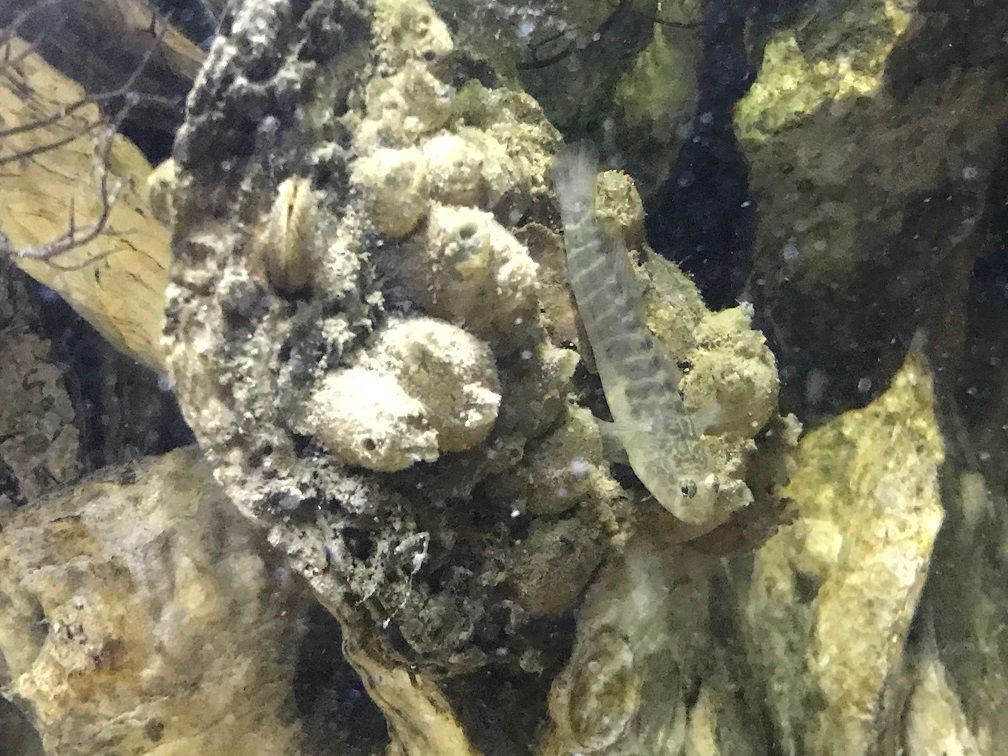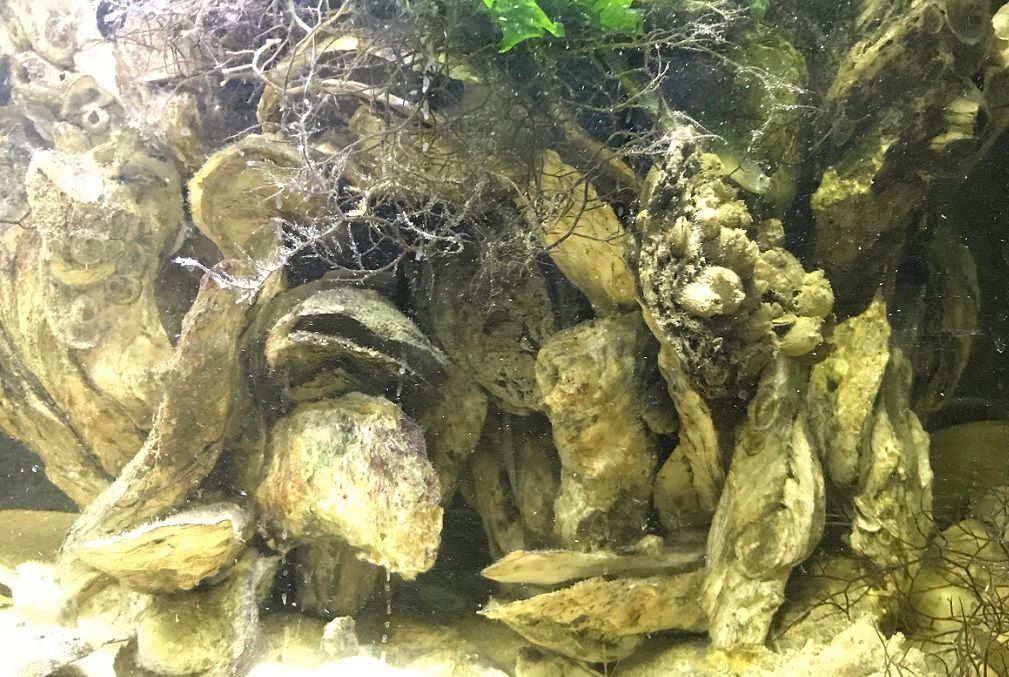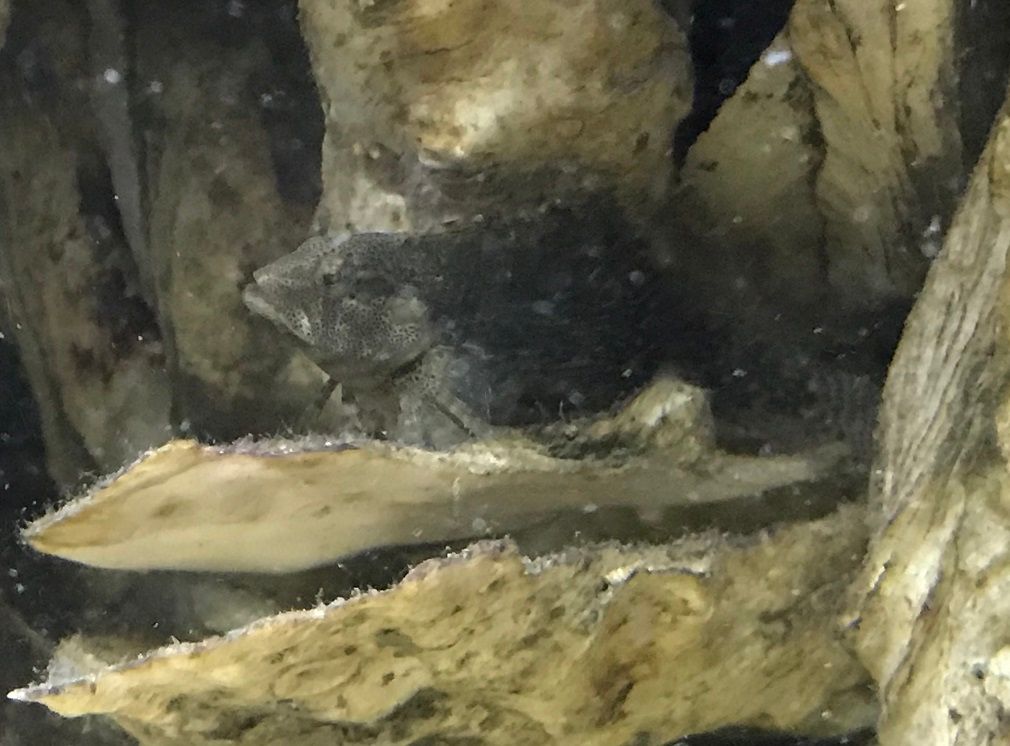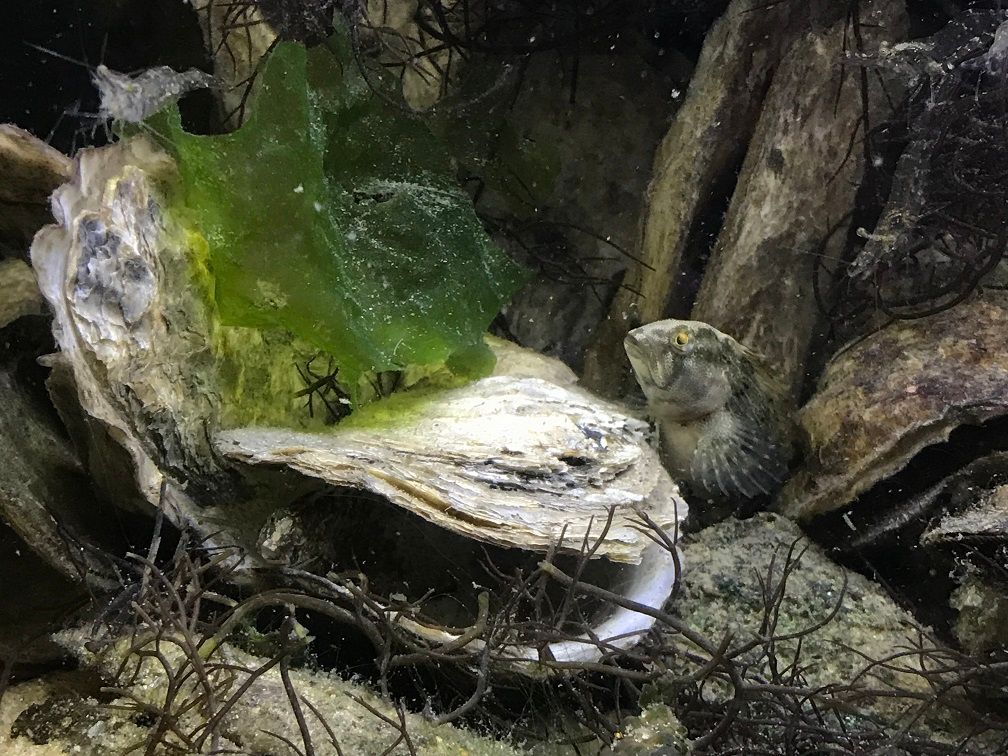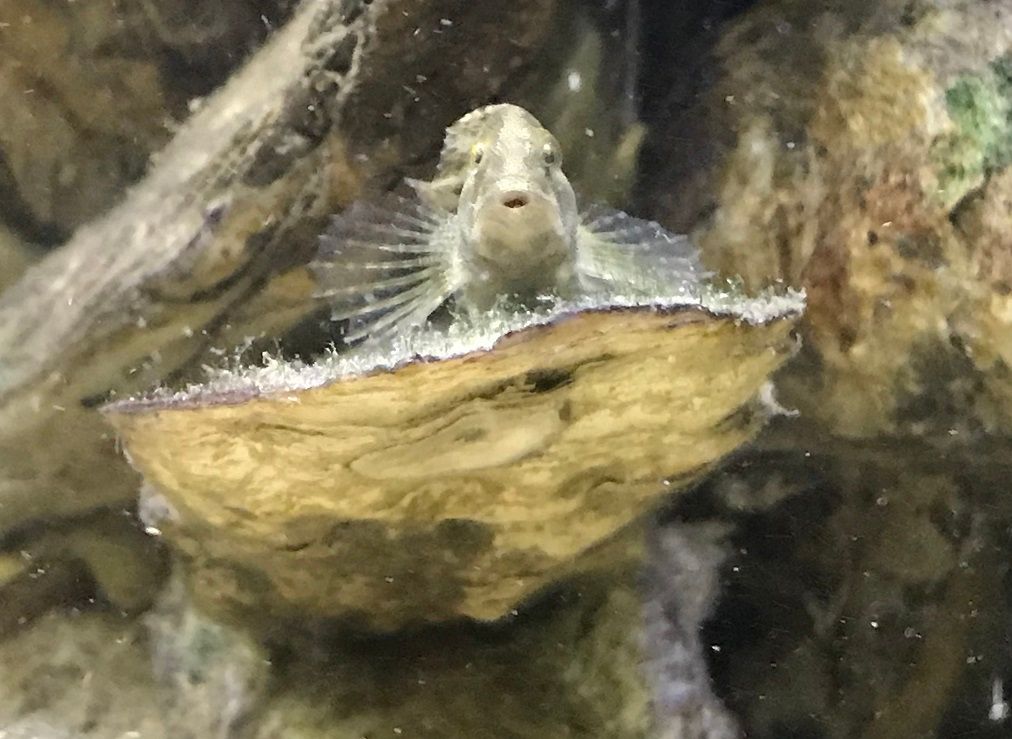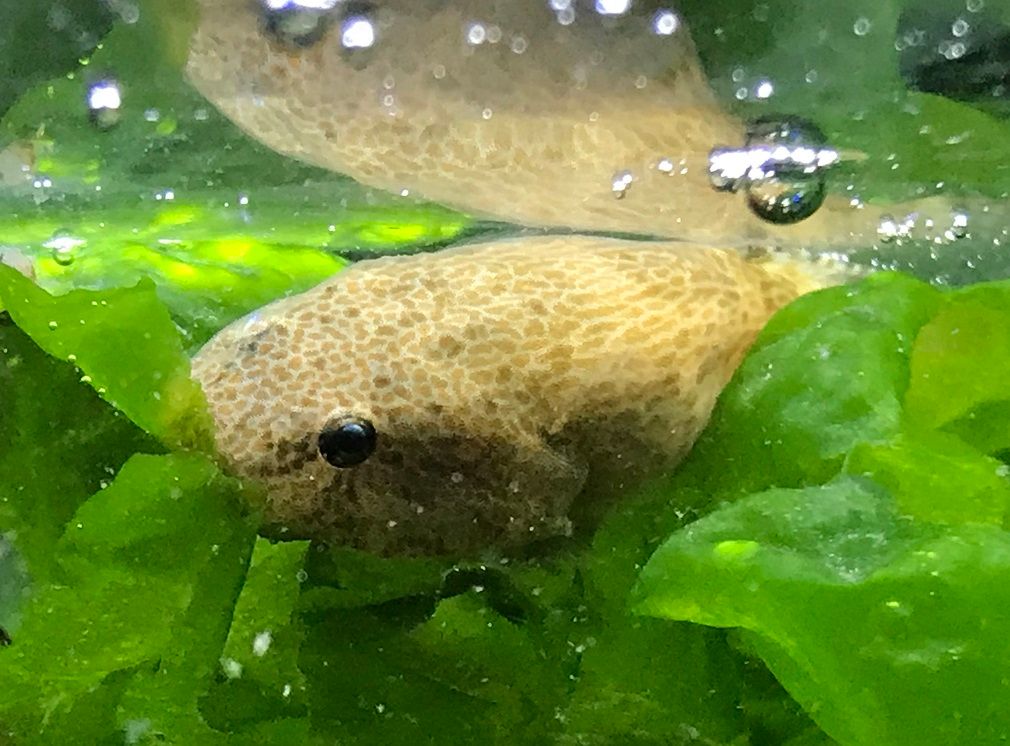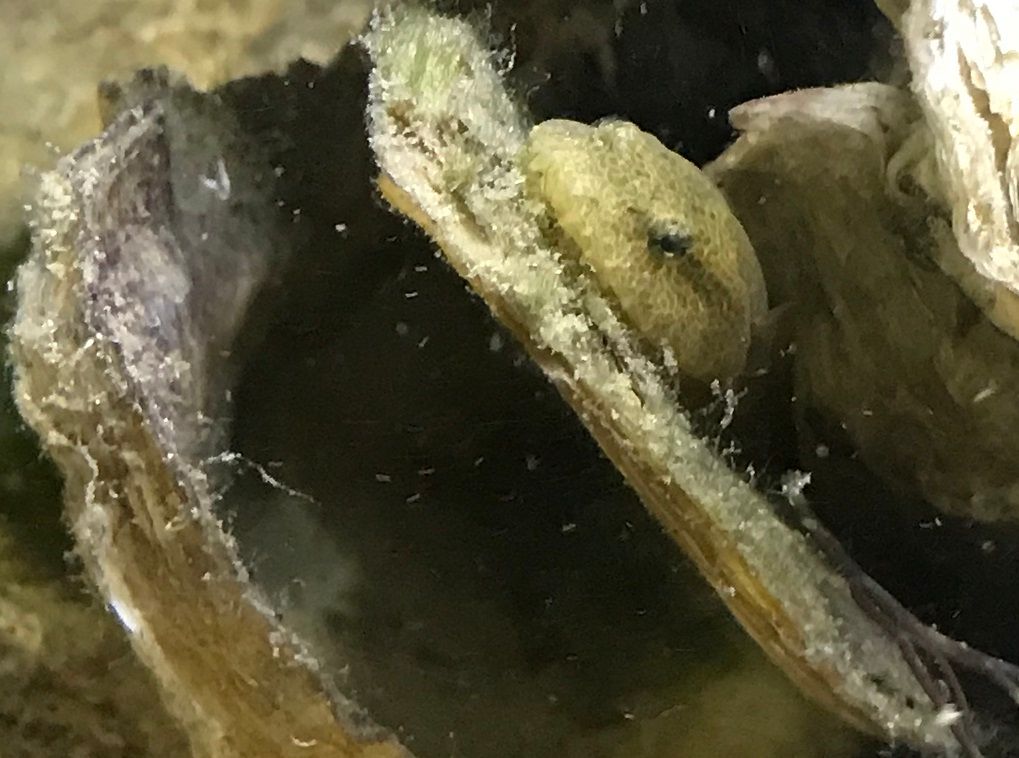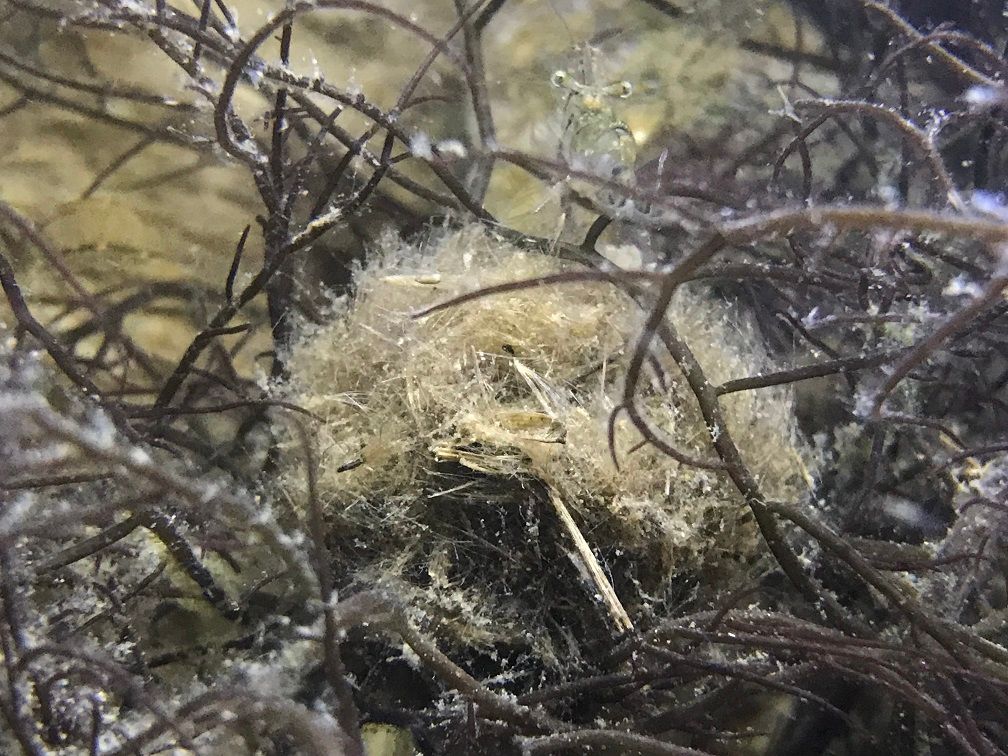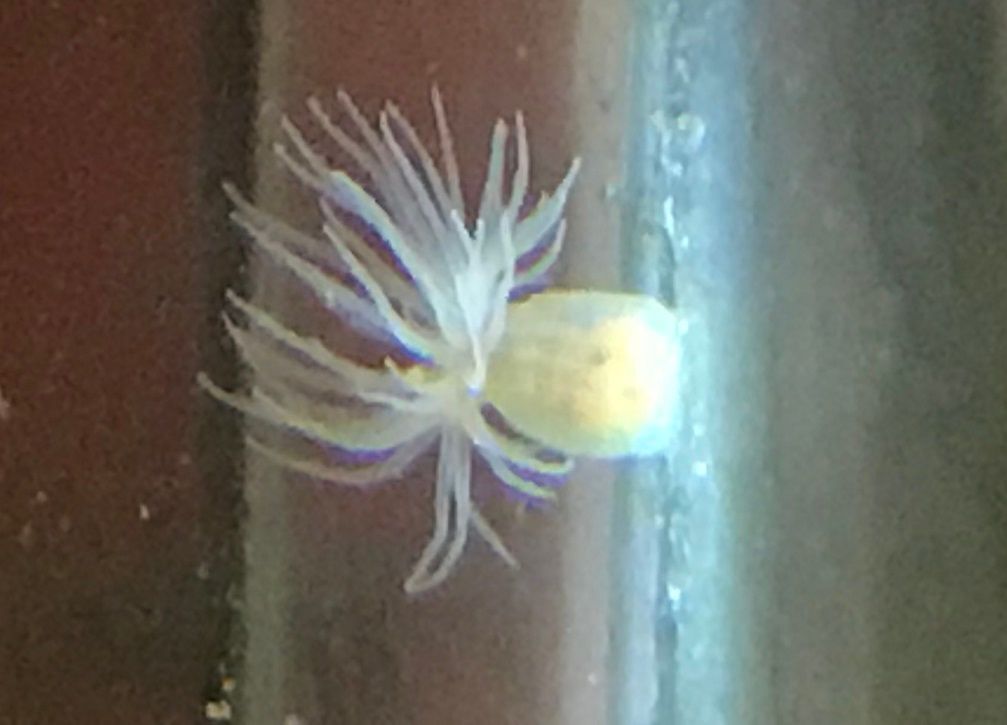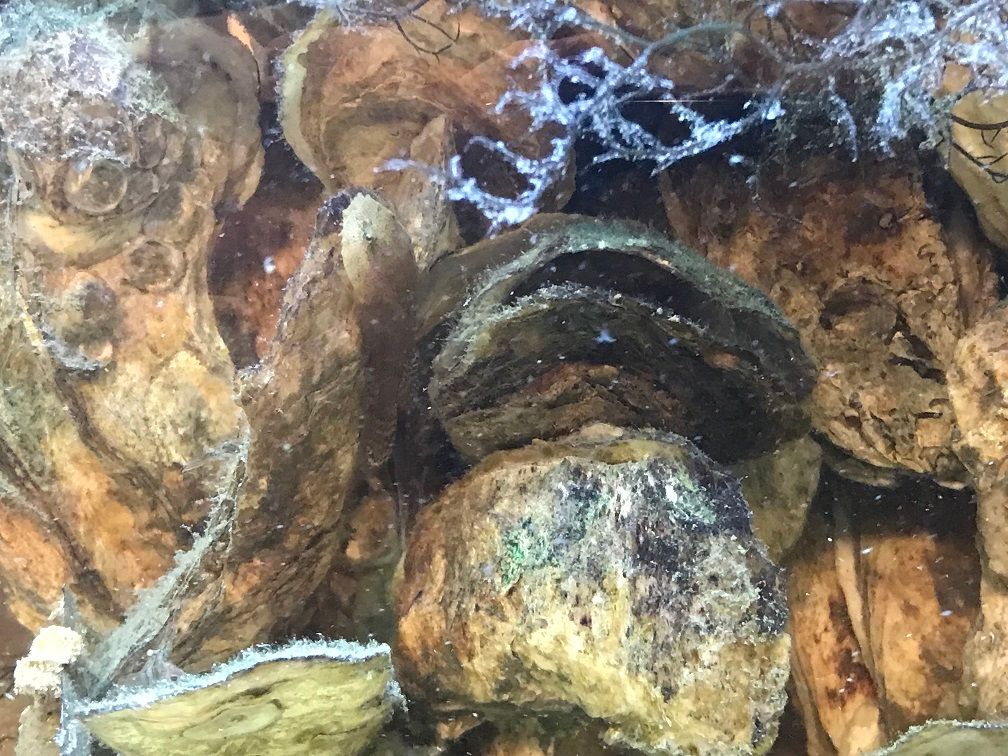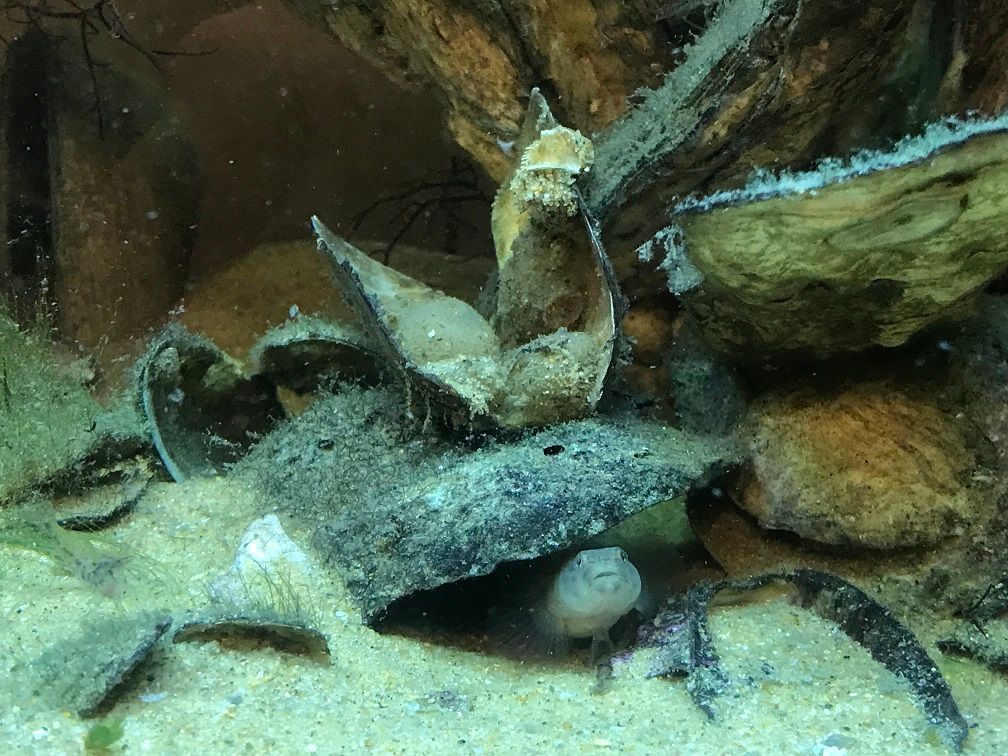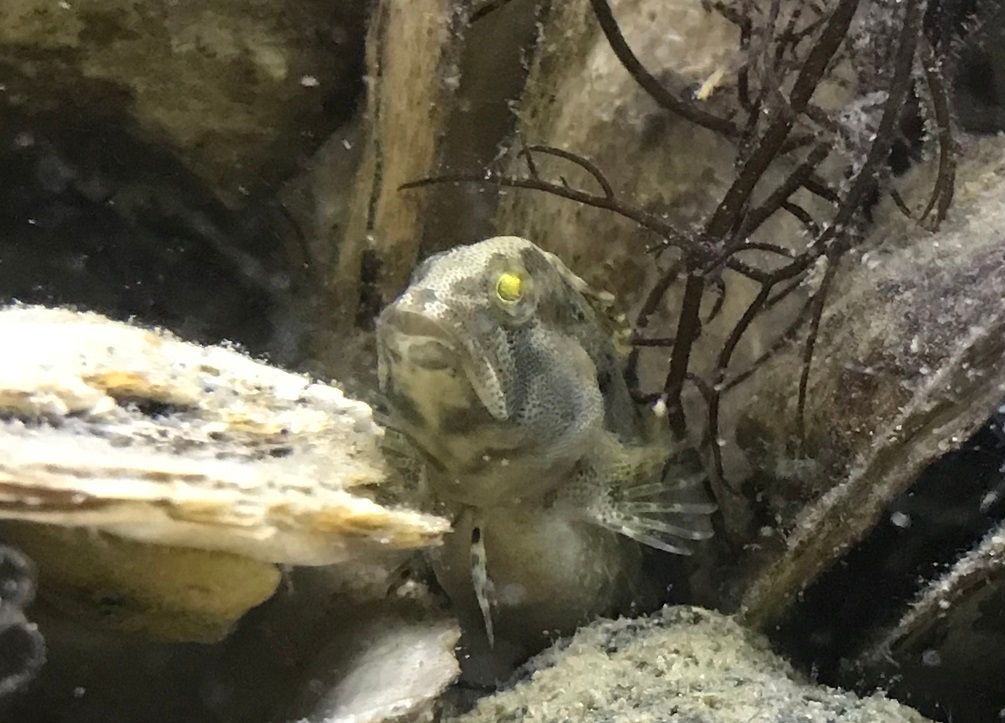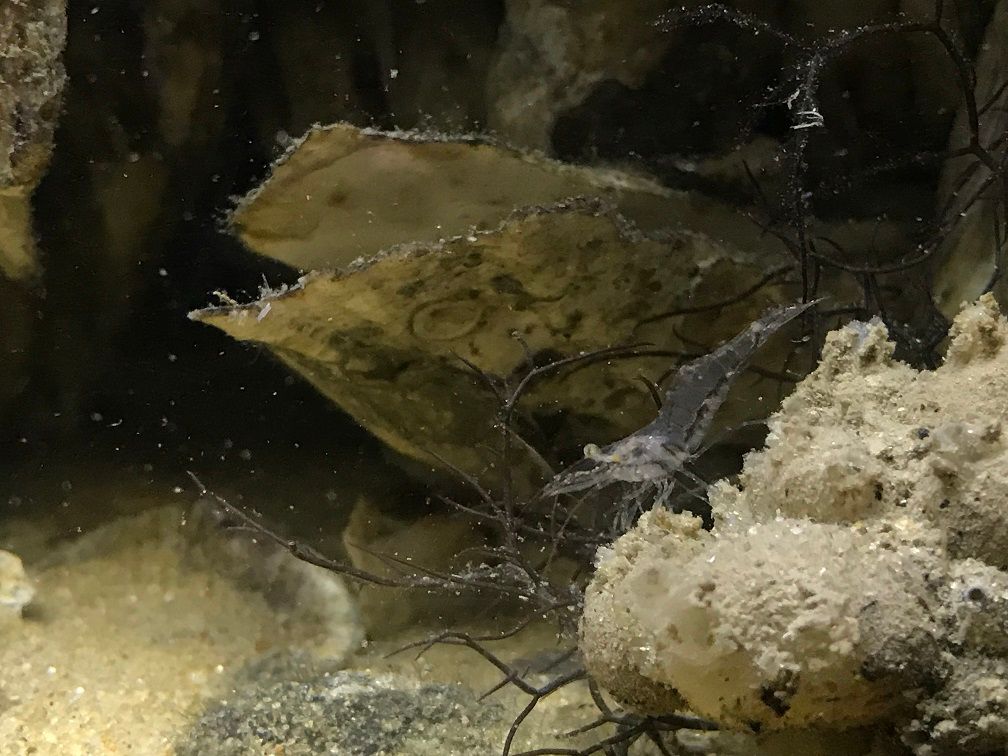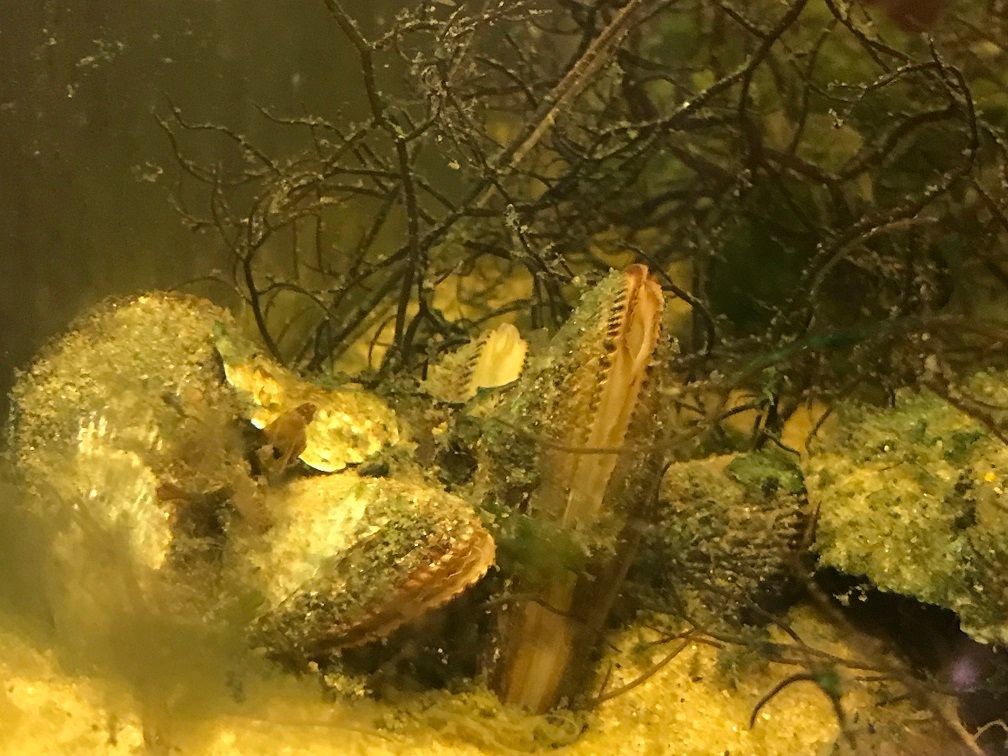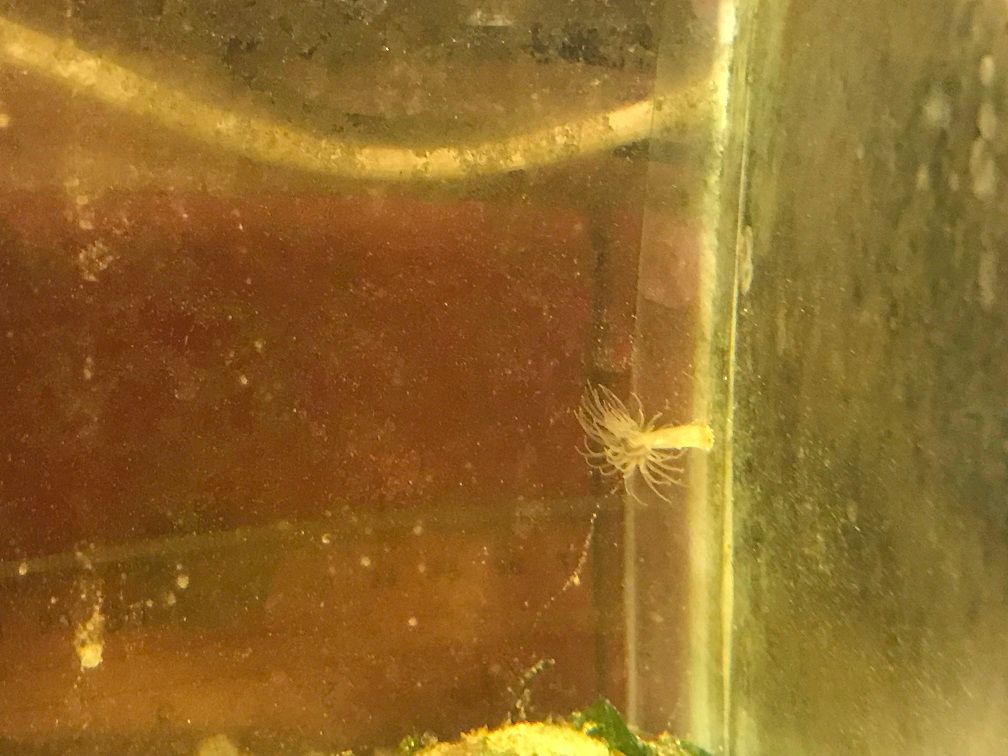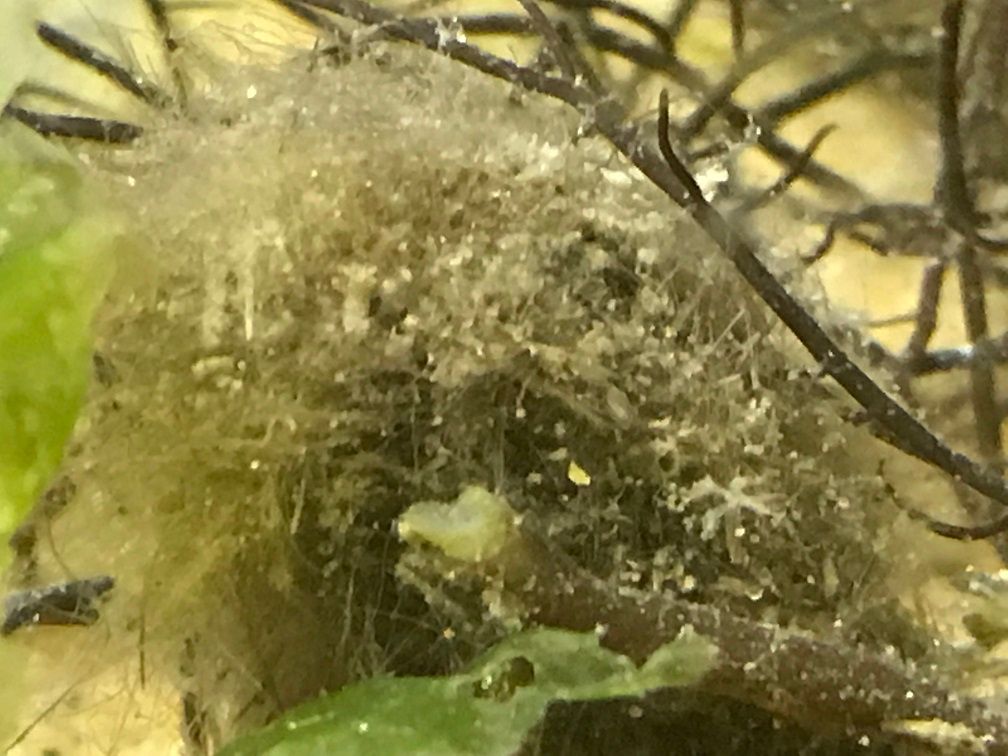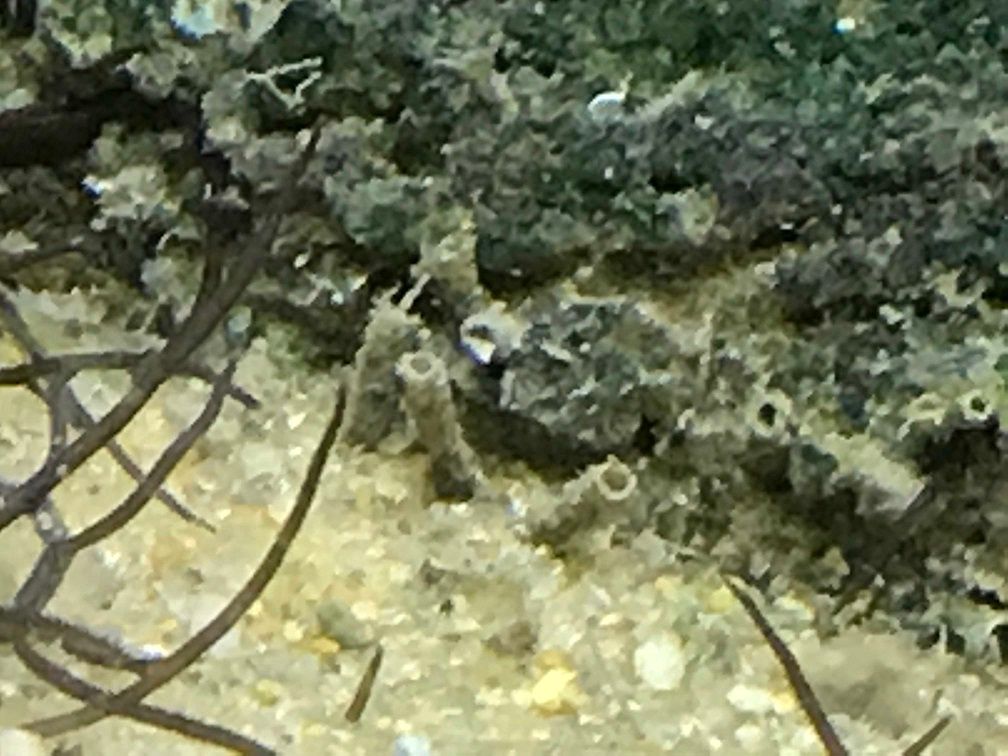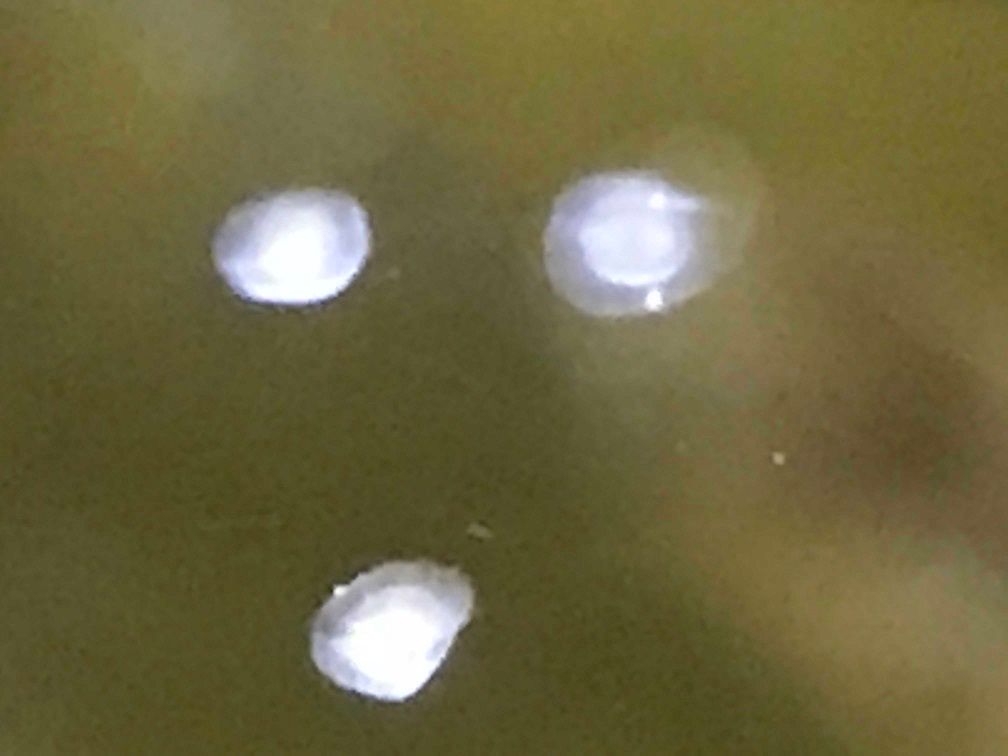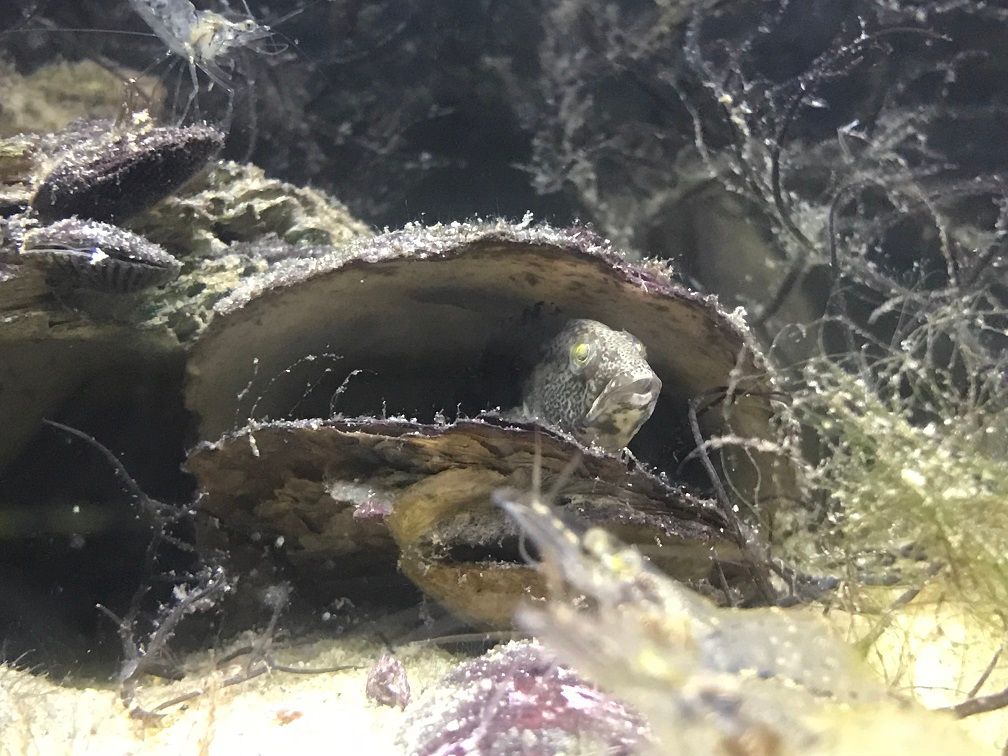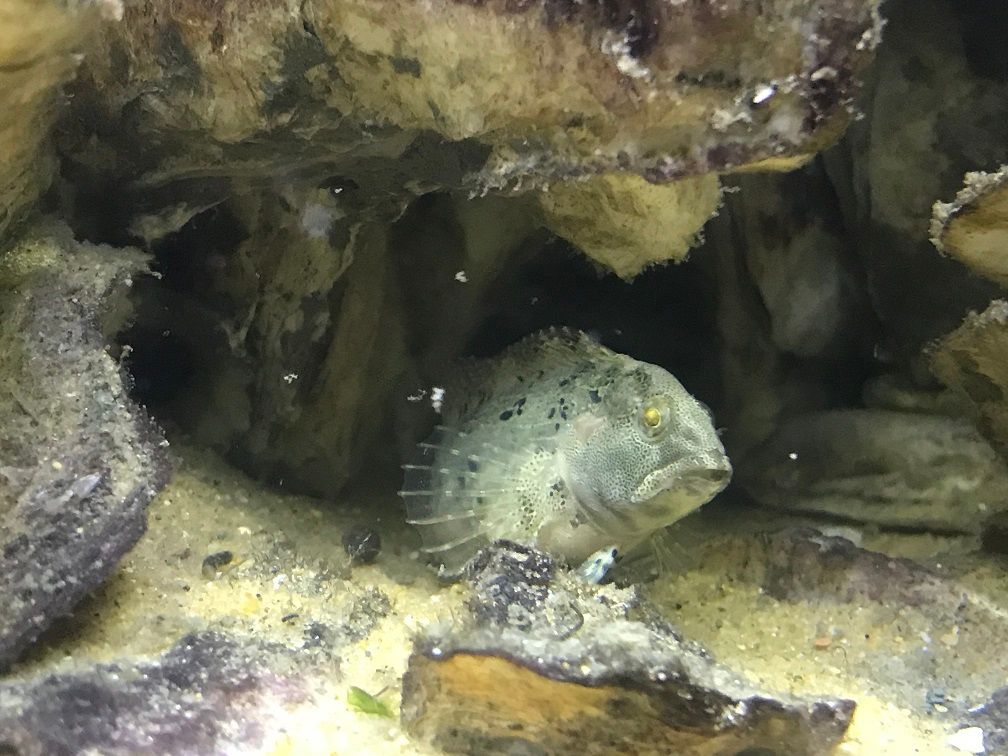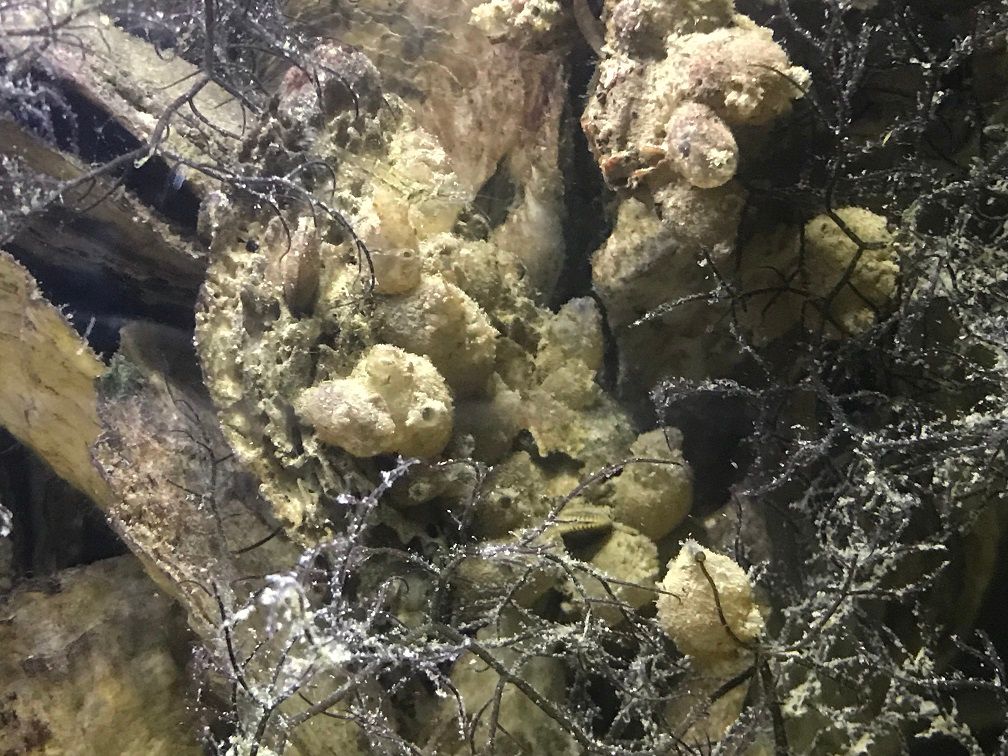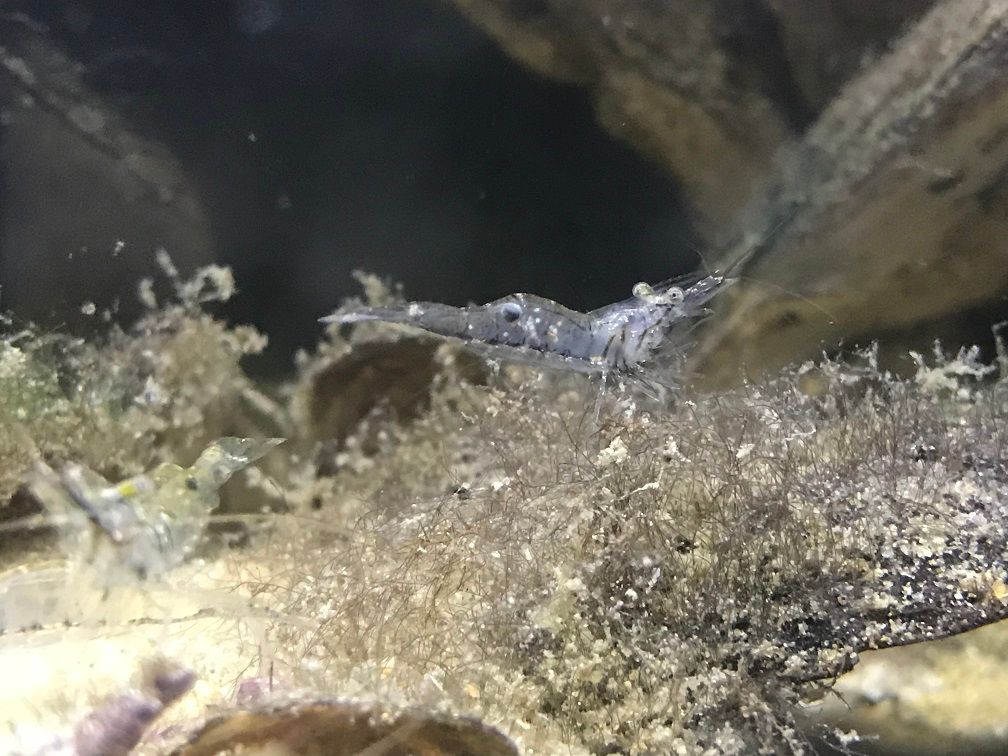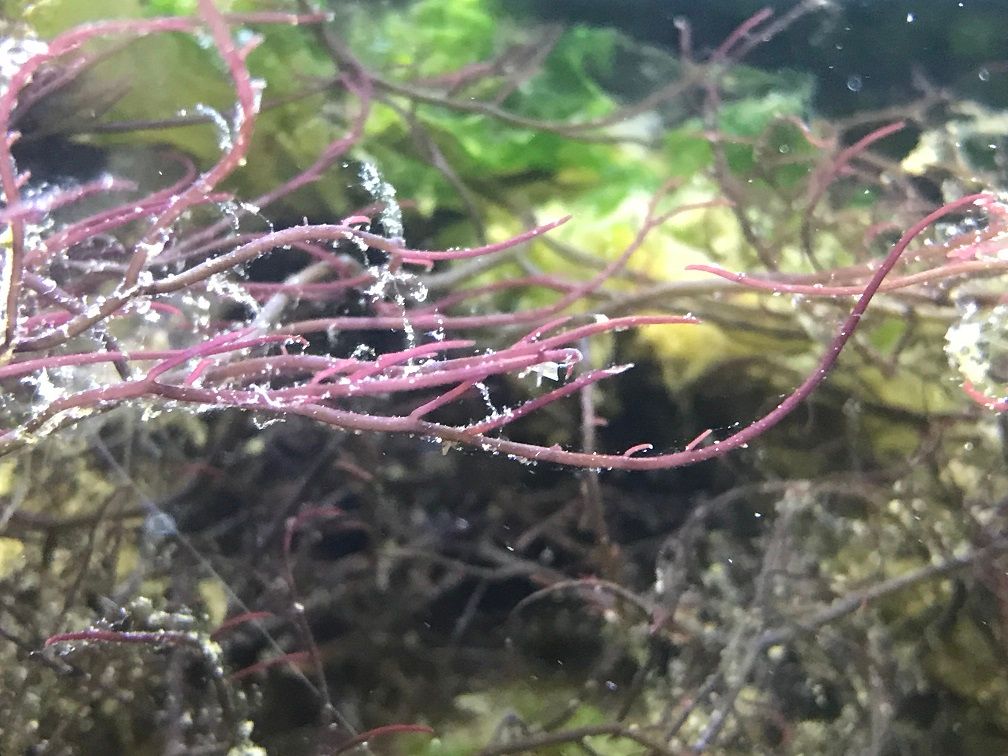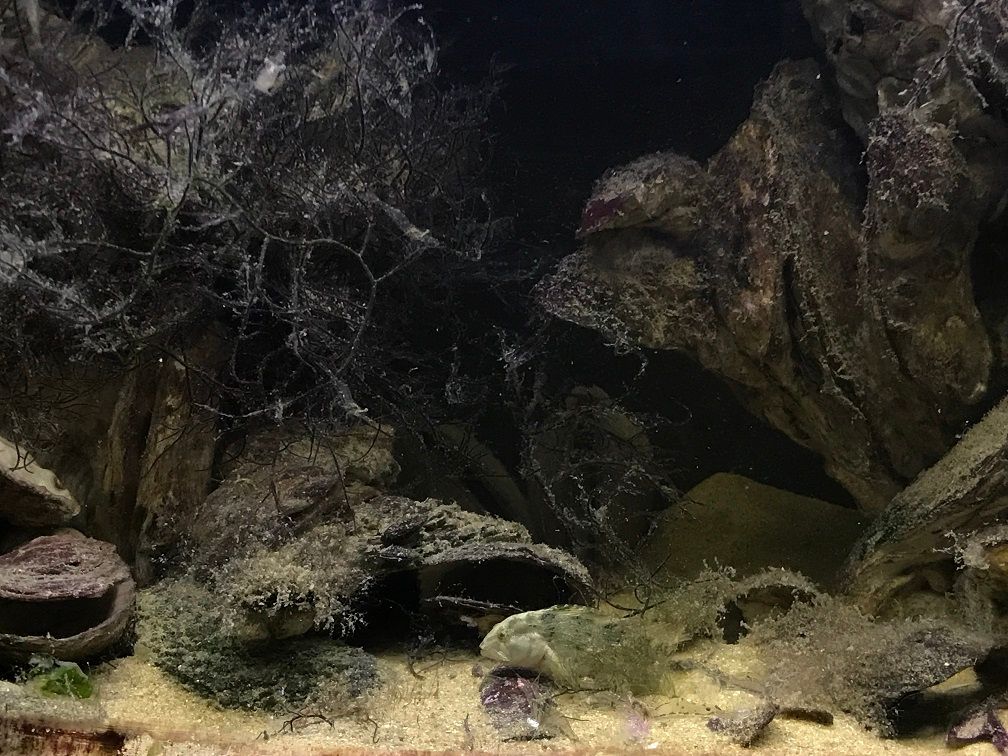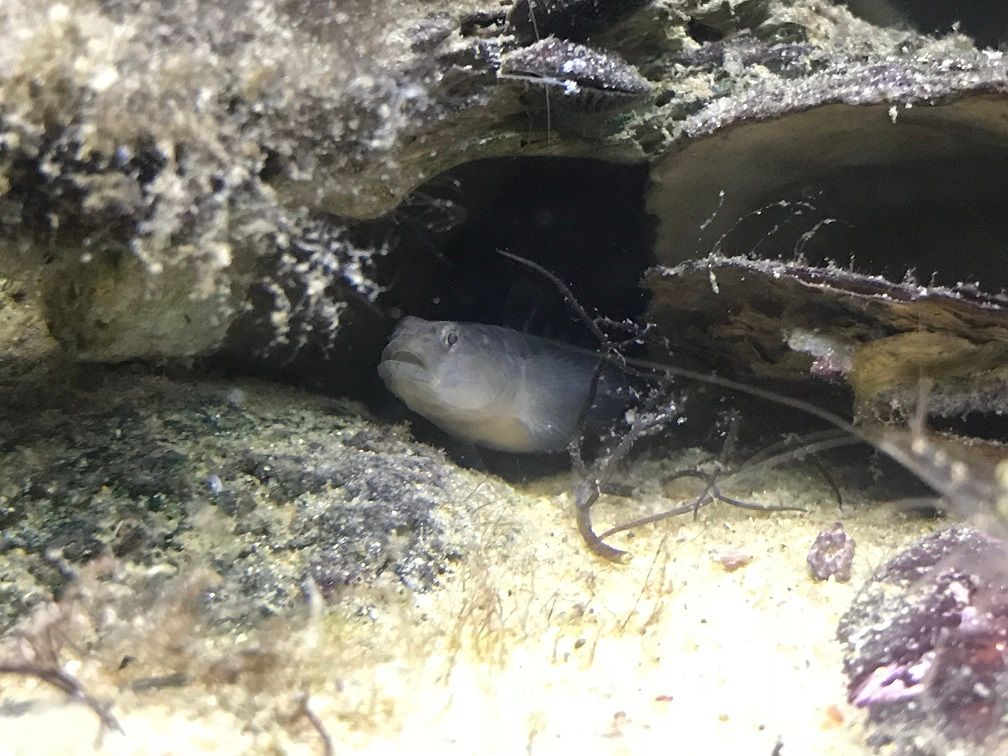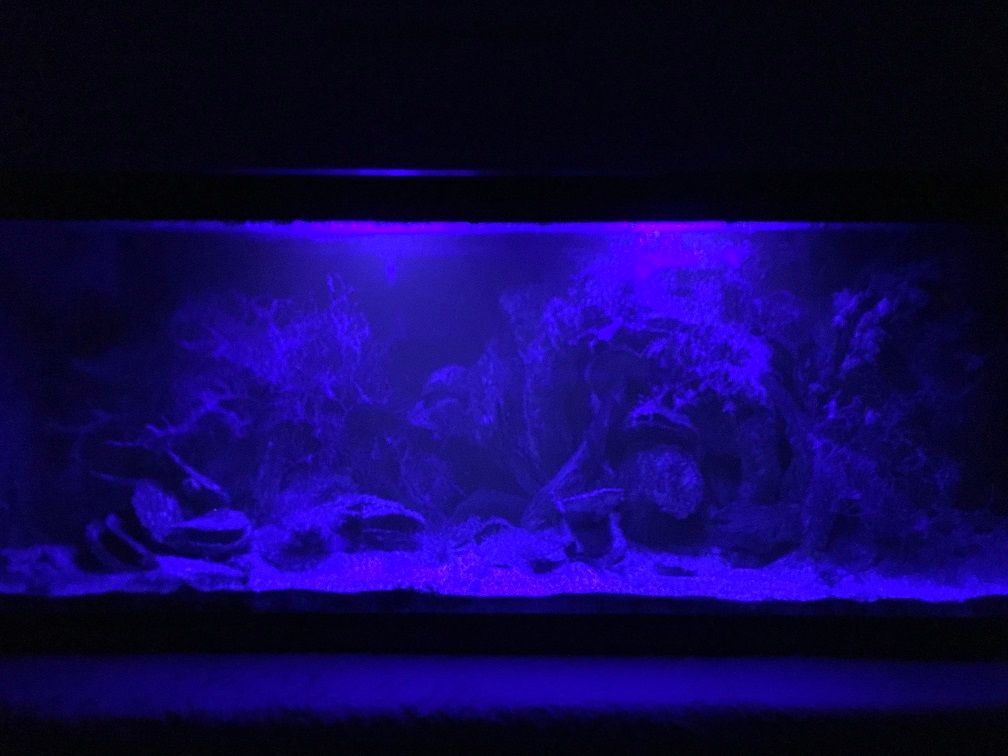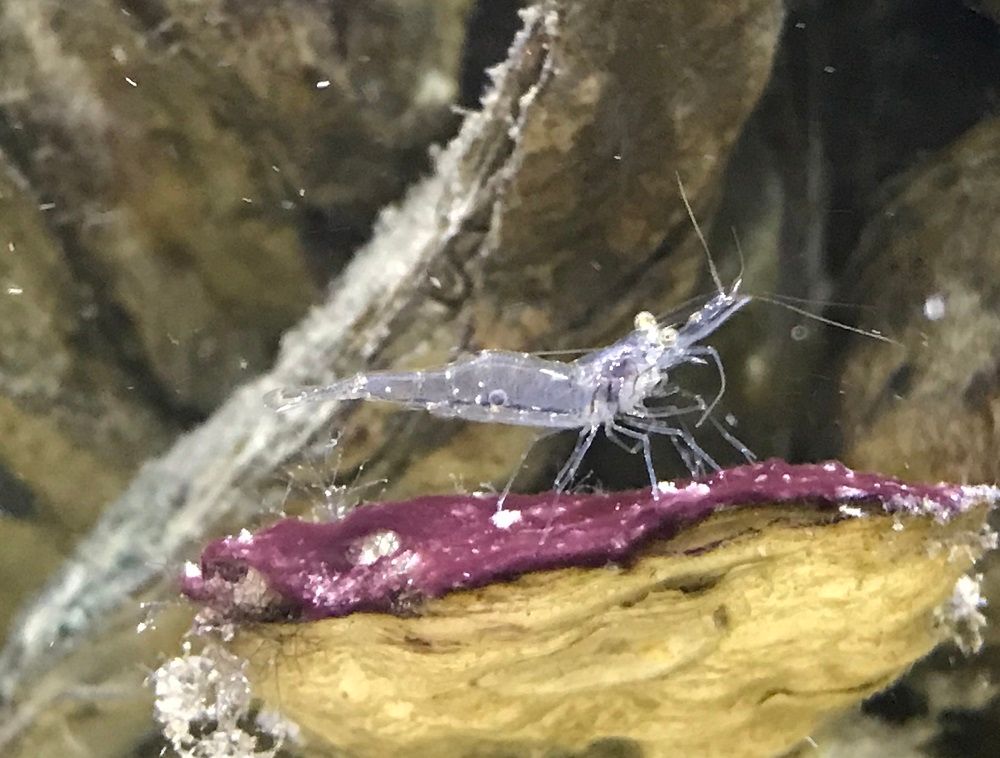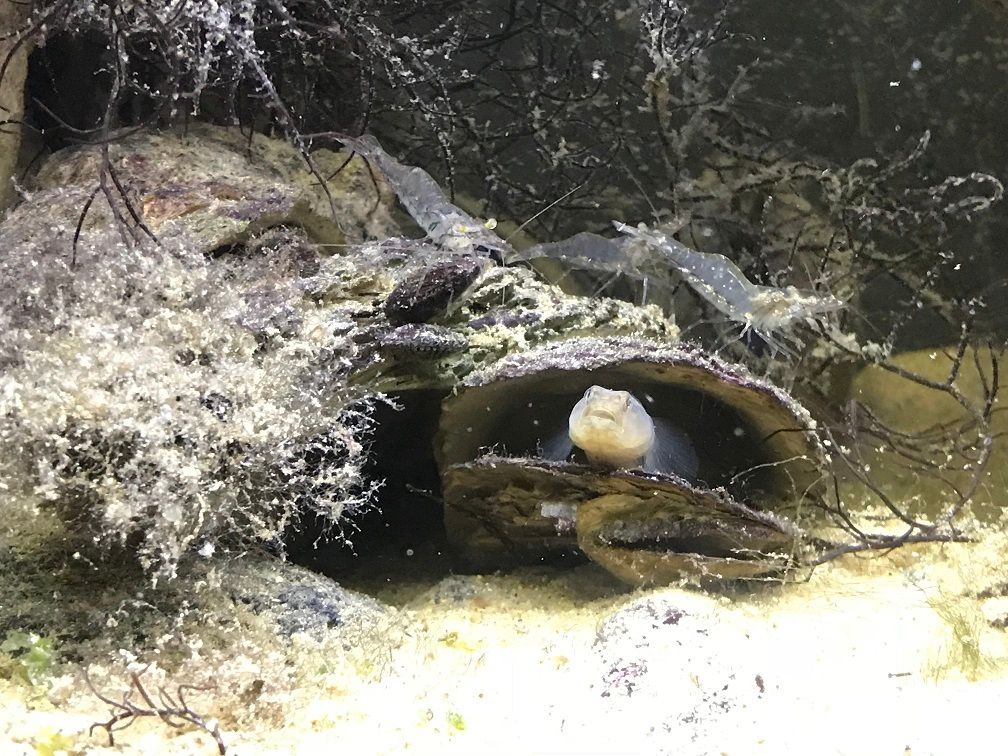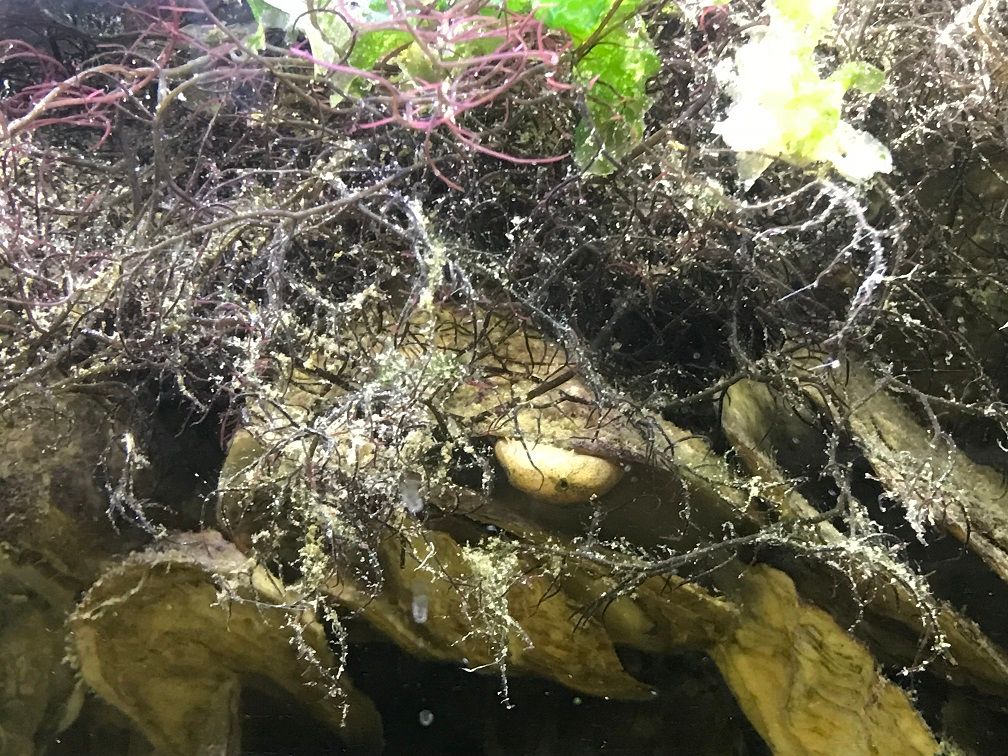Last night, I dropped the sg from 1.015 to 1.010 in the 20g high, since that tank had the most scratching. The fish behavior changed big time in many ways. First, all of the blennies and gobies went into hiding, including one blenny that spent the night against the glass at the filter intake. All of the other blennies hid in oyster shells. The skilletfish either hid or stuck to the glass, not much different than before. The killifish pretty much behaved the same and even kept feeding.
I think that it had an immediate effect on the parasites, maybe not killing them, but agitating them because all of the fish scratched even more than before (and that was a lot of scratching before). I have no proof of that other than watching the fish behavior.
This morning, nothing changed, all of the fish still hiding and the killies doing the same thing. I was a bit concerned about dropping it too fast that I might have hurt the fish. So, this morning, I tried to feed them thinking that if they perked up and ate, all should be OK, and if not...not sure what I'd do.
So, I fed them a block of frozen mysid shrimp. All of the fish perked up and ate, and many of them took the food right from my hand. They foraged a bit and then they went back to hiding.
The grass shrimp seem unaffected.
So, I'll continue at this sg for a week and I might drop it one more point if all goes well.
I think that it had an immediate effect on the parasites, maybe not killing them, but agitating them because all of the fish scratched even more than before (and that was a lot of scratching before). I have no proof of that other than watching the fish behavior.
This morning, nothing changed, all of the fish still hiding and the killies doing the same thing. I was a bit concerned about dropping it too fast that I might have hurt the fish. So, this morning, I tried to feed them thinking that if they perked up and ate, all should be OK, and if not...not sure what I'd do.
So, I fed them a block of frozen mysid shrimp. All of the fish perked up and ate, and many of them took the food right from my hand. They foraged a bit and then they went back to hiding.
The grass shrimp seem unaffected.
So, I'll continue at this sg for a week and I might drop it one more point if all goes well.


